MO Crash Tested: Pilot Custom Fit EVO JD40 Suit Review

If the leathers fit, wear them!
Either you have one or you don’t. If you don’t, you’ll know the moment you try to find a set of off-the-rack leathers to fit your custom-sized body. Manufacturers have a tough job when designing mass-produced riding gear, and nowhere is it more apparent than in one-piece racing leathers.
Pilot Custom Fit EVO JD40 Suit
| Aesthetics | 9.5/10 |
| Protection | 9.0/10 |
| Value | 8.0/10 |
| Comfort/Fit | 9.5/10 |
| Quality/Design | 9.0/10 |
| Weight | 8.75/10 |
| Options/Selection | 9.0/10 |
| Innovation | 8.0/10 |
| Weather Suitability | 8.5/10 |
| Desirable/Cool Factor | 9.5/10 |
| Overall Score | 88.75/100 |
MO Crash Tested: Alpinestars GP-Pro Leather Suit
In order to provide maximum protection, the suit needs to fit like a second skin but not so tight as to make it difficult for the rider to move around – in a crouch – on a 180-mph missile. Every company’s standard size is a little different, and if you happen to have a body that slots into one of them, count yourself lucky. (To read Troy gloating over his off-the-rack frame, read his latest review.) However, if you don’t have one but want to experience a perfect fit for your bod, you’ll need to get a suit built to your specifications. To help our readers understand the extra work required to produce a custom set of leathers, Pilot Motosport agreed to document the detailed measurements necessary to make its EVO JD40 suit match my dimensions perfectly.
But first a little bit about the suit’s construction. Pilot uses competition-grade 1.3–1.5mm milled calfskin leather over the bulk of the suit to provide the necessary protection in a slide. The seams are all triple stitched with high-strength nylon thread for durability in a slide. The torso and fronts of legs are perforated to allow cooling air to reach the rider’s body. Plastic ram air vents in the shoulders help send air down the rider’s back. In places where extra flexibility is required, like the tops of knees, under the arms and on the lower back, the leather is perforated and accordion-sewn. Places less likely to see direct contact with the tarmac, such as the inner arms, under arms, inner thighs, and backs of knees and calves, receive Schoeller Keprotec kevlar stretch panels instead of leather.
The big thump of hitting the pavement is attenuated by removable micro-cellular CE-approved armor on the elbows, shoulders, and knees, while external plastic and metal alloy sliders on the elbows and shoulders work to keep the rider sliding instead of tumbling. Memory foam is sewn into the four back panels and the tailbone pad over the coccyx. The removable, washable inner liner also has memory-foam pads over the hips and upper shoulders (a nice touch that makes the interface with the shoulder armor much more comfortable). The neoprene mandarin collar softens the contact with the rider’s neck.
Numbers Game
To be fit properly for a custom suit, you need more than just your shirt size, waist, and inseam. Pilot’s measurement form is the most thorough I’ve seen. Consistency is of the utmost importance. Consequently, Pilot recommends creating a fixed waistline located 5cm below the navel and continuing level with string or elastic to be a basis of five separate measurements. You really should have an experienced tailor measure you, but a friend can do it if s/he is consistent. Don’t even think of measuring yourself.
Prepare to bare the truth about your physique – be it good or bad – because, to be accurately measured, men should wear only compression shorts and a back protector, women add a sports bra to the mix. Additionally, Pilot recommends marking key points on your body (namely the joints, like ankles, elbows, shoulders and knees) with a Sharpie so that the measurements can be consistent when measuring the upper and lower sections of your appendages. You’ll also need to make sure your muscles in your arms are taut when their circumferences are measured. Otherwise, as your arms pump up under braking, you could lose mobility.
The rest of the suit-ordering process is the same as it would be for one of Pilot’s standard-sized suits. You choose the style from the company website or come up with your own. Send in any personal graphics or sponsor/race series patches you want applied. One big difference in the off-the-rack sizing process is that, with the standard suit, Pilot will actually ship you a sample suit in the size that you’ve ordered to make sure that it fits. I’ve done this in the past with Pilot and feel it is a really unique service the company provides.
Second Skin
Putting on a custom-fit leather suit for the first time reveals how many little compromises (and some big) we make when buying standard-sized gear. At first, I thought something was wrong because the knee armor wasn’t hanging in the same way as on previous leathers. Then I realized that it was because the knee armor stayed perfectly in place on my knees whether I was standing or in a riding position rather than requiring a slight adjustment to facilitate each change of stance. While the torso was snug around my blossoming dad bod, it was appropriately so, and offered no restrictions. The chest sizing felt right whether I used the Pilot Core Chest Protector or not. Since I’m long waisted, I’ve never worn a suit that didn’t have the boys singing the high notes when I was standing in the pits, so the JD40 was a nice change of pace. Perhaps the best revelation came out on the track. In the past, the cut of other suits’ upper arms were either a tad tight or they had leather flapping in the 100 mph wind blast – which is distracting. I’d never felt a suit almost disappear on my body, particularly my appendages, the way this one does.
Spidi Track Wind Pro Leathers Review
When it comes to protection, I’ve crashed in Pilot gear before – hard – and have been quite happy with the protection. In my biggest crash with my old Pilot suit, I hit the ground with enough force to crack my scapula and and slid far enough to wear through the leather and into an elbow’s armor, but other than the point of impact for the aforementioned scapula, I wasn’t even bruised.
With the custom suit, I tested its crashability in the first session of the first day I wore it on the track. As sad as I was to be scuffing up a brand new set of leathers, the situation I found myself in was exactly why I acquired the gear in the first place. The result from the 55-mph slide? Bruised pride; mildly abraded leather on the right arm, shoulder, upper back, and butt; and a dime-sized hole in the stretch panel from when my slide transitioned from my arm and shoulder to my back. Not bad for a day’s work.
After spending several days on the track in the Pilot suit, I’m more impressed with it each time I wear it. On one particularly hot day, I noticed that I had none of the irritation around my neck that I frequently get from a leather collar rubbing against my sweaty skin. The neoprene collar really works. Also, after putting the suit through a couple sweat saturation and drying cycles, the fit around my forearms has actually molded to fit me even better. Venting is comparable to other perforated leathers I’ve tested, though exhaust ports on the back of the suit (as seen on some other suits) might have helped the air move around my back a little better.
Now we come to the question of cost for this high-quality suit made in America. At $1,950 as tested, the Pilot Custom Fit EVO JD40 doesn’t come cheaply. Since the JD40 suit in off-the-rack sizing would retail for $1,650 (currently on sale for $1,350), the additional expense of custom sizing seems to be worth it, if, like me, you tend to hang on to your gear for years. (My last Pilot suit saw use for more than five years before I retired it due to my increasing girth.) While maybe not as well-known as some of the Italian and Japanese premium brands, Pilot produces a suit that is built to comparable levels of quality for either a similar or reduced cost, depending on the brand. If you’re looking for top-shelf protection in a custom suit, give Pilot a hard look.
Visit www.pilotmotosport.com for more information.

Like most of the best happenings in his life, Evans stumbled into his motojournalism career. While on his way to a planned life in academia, he applied for a job at a motorcycle magazine, thinking he’d get the opportunity to write some freelance articles. Instead, he was offered a full-time job in which he discovered he could actually get paid to ride other people’s motorcycles – and he’s never looked back. Over the 25 years he’s been in the motorcycle industry, Evans has written two books, 101 Sportbike Performance Projects and How to Modify Your Metric Cruiser, and has ridden just about every production motorcycle manufactured. Evans has a deep love of motorcycles and believes they are a force for good in the world.
More by Evans Brasfield




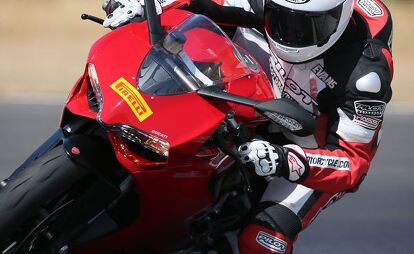











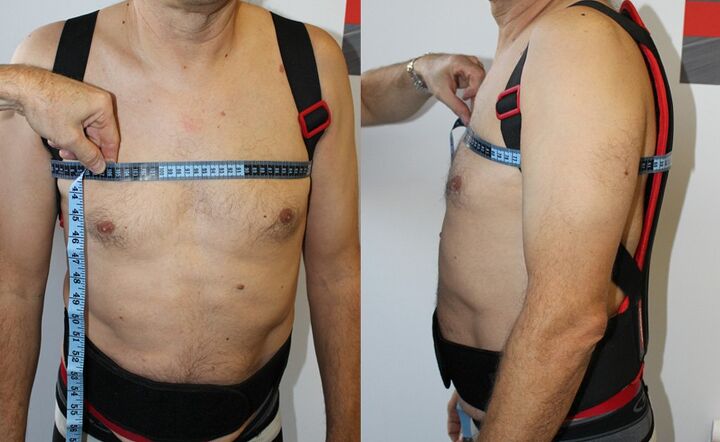










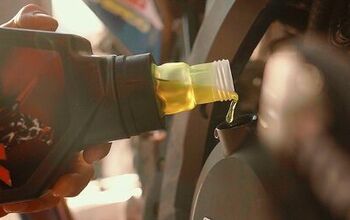
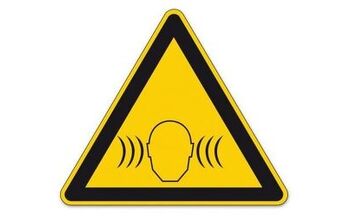

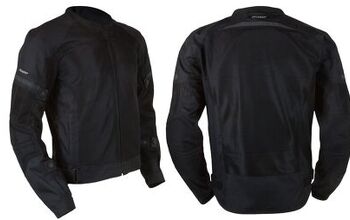














Comments
Join the conversation